Best Lawn Aerator for the Money 2024
- March 18, 2024
- 0 comment
Discover the Best Lawn Aerator for the Money in our comprehensive guide. Learn how aeration can transform your lawn by allowing essential air, water, and nutrients to reach the roots more effectively. We’ll walk you through the top options to ensure your lawn gets the care it deserves.
Yardwork made easy! We’ve got reviews on the Best Lawn Sprinklers, Best Lawn Mowers, Best Zero Turn Mowers, STIHL’s Best Trimmers, and starter kits for Beginner Gardeners – all to keep your lawn looking lush!
List of Best Lawn Aerators for the Money
- 40-Inch Tow Behind Spike Aerator
- 17-Inch Heavy Duty Rolling Lawn Aerator
- 18-Inch Push Spike Lawn Aerator
- Vanpein Coring Lawn Aerator with Soil Tray
- Agri-Fab 16-Inch Push Spike Aerator
- Lawn Aerator Shoes
Top Picks of Best Lawn Aerator 2024
1. 40-Inch Tow Behind Spike Aerator
Product Specifications
- Working Width: 40 inches
- Tine Material: Galvanized Steel (resistant to rust and corrosion)
- Attachment Type: Tow-behind (attaches to a tractor)
- Extra-Wide Tow Bar: Improves stability and allows for wider coverage in a single pass
- Color: Black
A 40-inch Tow-Behind Spike Aerator is a piece of lawn care equipment that is used to loosen compacted soil. It is a tractor-mounted attachment that has rows of spikes that penetrate the soil as it is towed behind the tractor. This process helps to improve drainage, aeration, and root growth in your lawn.
Pros
- Efficient coverage with a 40-inch working width allows for quick aeration of large lawns.
- Durable galvanized steel construction resists rust and corrosion.
- Less expensive than core aerators and creates less mess since it only punctures the soil.
- Can be used more frequently due to minimal lawn disruption.
Cons
- Temporary soil fracturing might require frequent aeration to maintain benefits.
- Not effective for deeply compacted soils compared to core aerators.
- Risk of damaging superficial roots, potentially stressing the lawn.
2. 17-Inch Heavy Duty Rolling Lawn Aerator
Product Specifications
- Roller width: 17 inches
- Nail length: 2 inches
- Material: Galvanized steel (rust and corrosion resistant)
- Handle material: Stainless steel
- Handle length: 55 inches
- Application: Suitable for all soil types
The Updated Lawn Aerator is a manual lawn aerator that is designed to improve the health of your lawn by alleviating compaction and improving drainage. It features a 17-inch wide roller with 2-inch heavy-duty steel nails that can penetrate even tough soil. The aerator is also made of galvanized steel to resist rust and corrosion, and it has a long, 55-inch stainless steel handle for easy pushing.
Pros
- 2-inch nails effectively penetrate compacted soil, improving drainage and nutrient absorption.
- Galvanized steel construction for durability and rust resistance.
- Long handle provides leverage, making it easier to push.
Cons
- Requires significant physical effort, which can be tiring for large yards.
- Risk of damaging underground sprinkler systems with deep nails.
- Does not remove soil plugs, which may limit effectiveness on severely compacted soil.
3. 18-Inch Push Spike Lawn Aerator
Product Specifications
- Working Width: 18 inches (as the name suggests)
- Depth of Penetration: Up to 2 inches (achieved by the spikes)
- Material:Frame: Steel for durability Tines: Alloy steel for strength and rust resistance
- Weight: Around 19 pounds
- Dimensions: Approximately 17 x 12 x 5 inches (assembled)
An 18-inch Push Spike Aerator is a lawn care tool that is used to create holes in compacted soil. This allows air, water, and nutrients to reach the roots of the grass, which can help to improve the overall health of your lawn.
Pros
- Affordable and simple to use, requiring minimal physical effort.
- Ideal for small to medium-sized lawns.
- Helps control thatch buildup to some extent.
Cons
- Limited effectiveness on heavily compacted soils.
- Labor-intensive for larger lawns.
- Can further compact soil around the holes, potentially reducing effectiveness.
4. Vanpein Coring Lawn Aerator with Soil Tray
Product Specifications
- Working Width: This refers to the width of area aerated with each pass. It’s typically between 6-12 inches for manual models.
- Tine Depth: This is how deep the tines penetrate the soil. Generally, 2-4 inches is ideal for core aeration.
- Number of Tines: Most manual models have 3-4 tines.
- Weight: Manual aerators typically weigh between 10-20 lbs.
- Material: Look for a durable steel construction for the tines and frame.
You are looking for a Lawn Aerator Coring Garden Tool with a Soil Core Storage Tray. This is a great tool to have on hand if you have compacted soil in your lawn. Compacted soil can prevent water, oxygen, and nutrients from reaching the roots of your grass, which can lead to a number of problems, including poor growth, browning, and increased susceptibility to disease.
Pros
- Extracts soil cores, effectively alleviating compaction.
- Soil tray collects cores for easy cleanup.
- Sturdy construction ensures durability and repeated use.
Cons
- Physically demanding, especially on tough soils.
- Best for smaller lawns due to manual operation.
- Bulkier and requires more storage space due to the soil tray.
5. Agri-Fab 16-Inch Push Spike Aerator
Product Specifications
- Working Width: 16 inches
- Aeration Depth: Up to 2.5 inches
- Number of Spikes: 5 discs with 7-inch spikes each
- Material: Alloy steel (spikes)
- Weight: 28 lbs
- Dimensions:
- Length: 17 inches
- Width: 16 inches
- Height: 38 inches
- Handle: Comfortable push handle
- Warranty: 1 year limited warranty
- Color: Black
- Power Source: Manual
The Agri-Fab 16-Inch Push Spike Aerator is ideal for smaller lawns and hard-to-reach areas. It features five steel spike discs that penetrate the soil up to 2.5 inches deep. The wide weight tray can hold up to 35 pounds, which can be used to increase penetration for tougher soil conditions.
Pros
- Penetrates up to 2.5 inches with steel spike discs.
- Weight tray allows for additional weight, enhancing soil penetration.
- Compact and easy to maneuver around landscaping features.
Cons
- Tiring to use over large areas or extended periods.
- Limited to surface aeration; does not remove soil plugs.
- May require pre-watering of the soil for optimal penetration.
6. Lawn Aerator Shoes
Product Specifications
- Number of Spikes: This can vary but most commonly ranges from 4 to 6 spikes per shoe.
- Spike Length: Spike length can affect penetration depth. While there’s no standard, aim for spikes at least 2-3 inches long for better results.
- Adjustability: Look for adjustable features like straps or buckles to ensure a good fit and comfort while wearing.
Lawn Aerator Shoes are sandals with spikes on the bottom that you wear while walking on your lawn. The spikes are supposed to help aerate the soil by creating small holes in the ground. This can help improve drainage, allow water, air, and nutrients to reach the grass roots, and help reduce soil compaction.
Pros
- Very affordable and easy to use—simply walk over your lawn to aerate.
- Lightweight and suitable for small touch-up jobs.
- Can be used as a supplementary tool alongside other aeration methods.
Cons
- Generally ineffective at penetrating deeply enough to significantly reduce compaction.
- Can be awkward to use and may cause fatigue.
- Risks damaging the lawn if not used carefully, especially on wet soil.
Choosing the Right Lawn Aerator?
Types of Lawn Aerators
- Spike Aerators: These are the simplest form of aerators that use a series of spikes to puncture the soil and create holes. They’re easy to use and suitable for small to medium-sized lawns with light soil compaction.
- Plug Aerators: Also known as core aerators, these remove a core or plug of grass and soil from the lawn. Plug aerators are more effective for alleviating compaction and suitable for larger lawns or those with heavier soil compaction.
- Liquid Aerators: These are a chemical solution that breaks apart compacted soil at the molecular level, improving water and nutrient flow. They’re easy to apply and suitable for those who prefer a less labor-intensive method.
Factors to Consider
- Lawn Size: The size of your lawn significantly impacts the type of aerator you should choose. Manual aerators might be feasible for small lawns, but for larger areas, a tow-behind or powered aerator may be more efficient.
- Soil Type: Different soil types react differently to aeration. Clay-heavy soils, prone to compaction, might benefit more from plug aeration, whereas sandy soils might only need spike aeration.
- Aeration Frequency: Consider how often you plan to aerate your lawn. If aeration is a regular part of your lawn care routine, investing in a durable, high-quality aerator might be worthwhile.
- Storage and Maintenance: Aerators can be bulky. Consider your storage space and the maintenance required for the aerator you choose. Ensure it’s something you can manage and maintain for longevity.
- Budget: Lawn aerators come in a wide range of prices. Set a budget beforehand but consider it an investment in your lawn’s health. Sometimes, spending a bit more upfront can save money in the long run by avoiding the need for frequent replacements or repairs.
Conclusion
Investing in an appropriate lawn aerator and integrating aeration into your lawn care routine can greatly improve your lawn’s health and appearance. This method helps essential nutrients, water, and air to deeply infiltrate the soil, fostering robust grass root development. The choice between spike, plug, or liquid aerators depends on your lawn’s specific requirements, including its size, soil type, and compaction level.
FAQs
- What is lawn aeration and why is it important?
Lawn aeration involves creating small holes in your lawn to allow air, water, and nutrients to penetrate the soil more effectively. This process helps to reduce soil compaction and promotes healthier grass root growth, leading to a lush, vibrant lawn. - How often should I aerate my lawn?
The frequency of aeration depends on your lawn’s soil type and usage. Lawns with clay soil or heavy foot traffic should be aerated at least once a year, while those with sandy soil might need it less frequently. - What’s the best time to aerate my lawn?
The optimal time for aeration is during your lawn’s peak growing period, which allows the grass to heal and fill in any open areas after soil plugs are removed. For cool-season grasses, early fall or spring is ideal, while warm-season grasses benefit most from late spring or early summer aeration. - Spike, plug, or liquid aerator: Which is best for my lawn?
The best type of aerator for your lawn depends on its specific needs. Spike aerators are suitable for less compacted soils, plug aerators are better for heavily compacted soils, and liquid aerators are a less invasive option for mild to moderate soil compaction. - Can I aerate my lawn too much?
Yes, over-aeration can damage your lawn by causing excessive drying, increasing the risk of weed invasion, and disturbing the soil structure. It’s crucial to aerate only as needed based on your lawn’s condition and soil type.

Joel Cunningham
Forestry AuthorI'm Joel Cunningham, an expert in pruning and weed management with over a decade of experience. My skills are rooted in formal training and extensive practice, focusing on advanced pruning techniques and efficient weed control. I'm known for my quality work, precision, and deep understanding of plant health and soil dynamics. My contributions extend to educational initiatives where I share sustainable practices and advice, establishing myself as a reliable and authoritative figure in the gardening community.

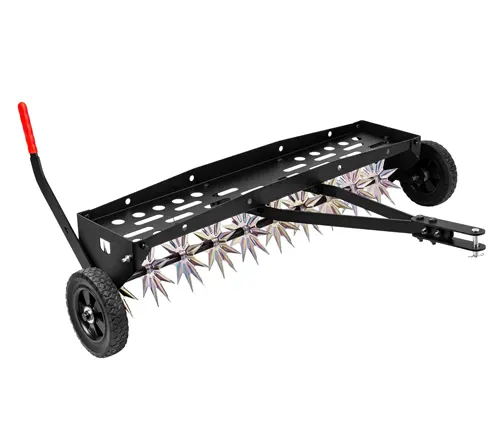
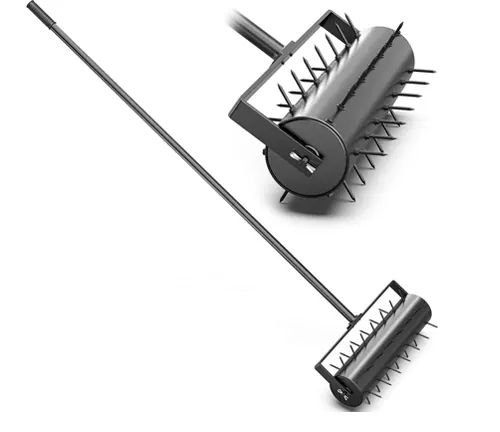
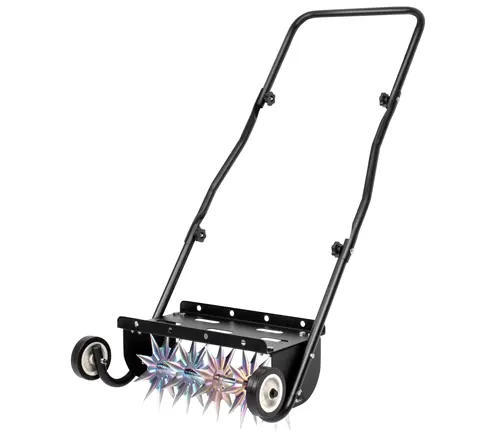

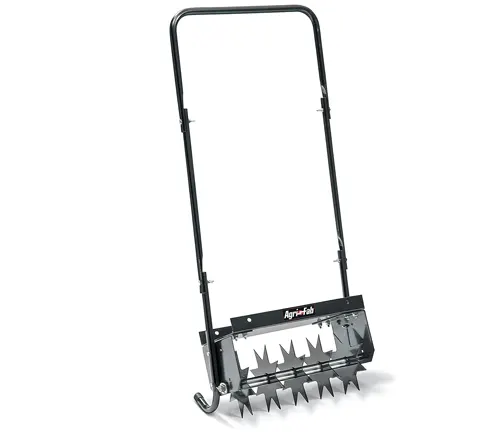
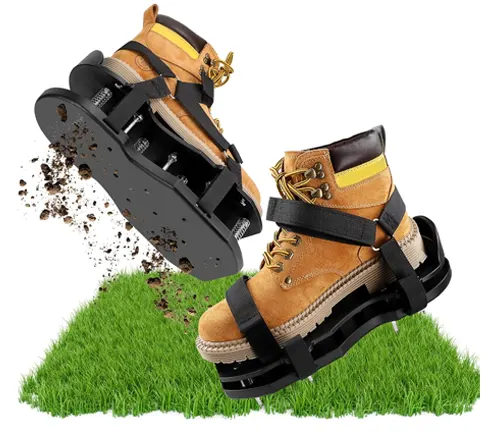
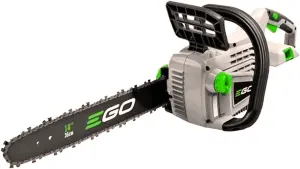


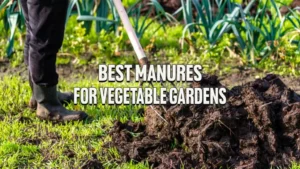
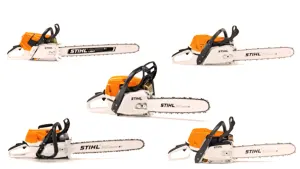
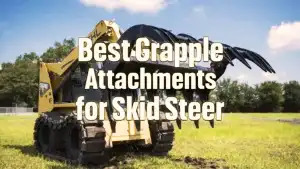
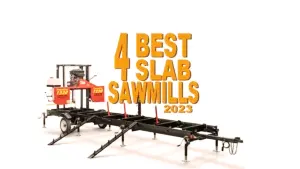
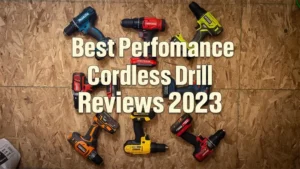




Leave your comment